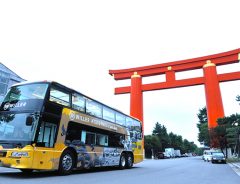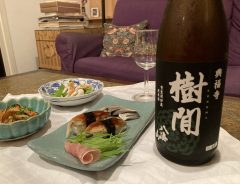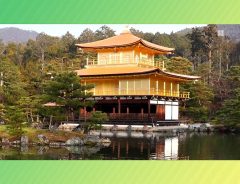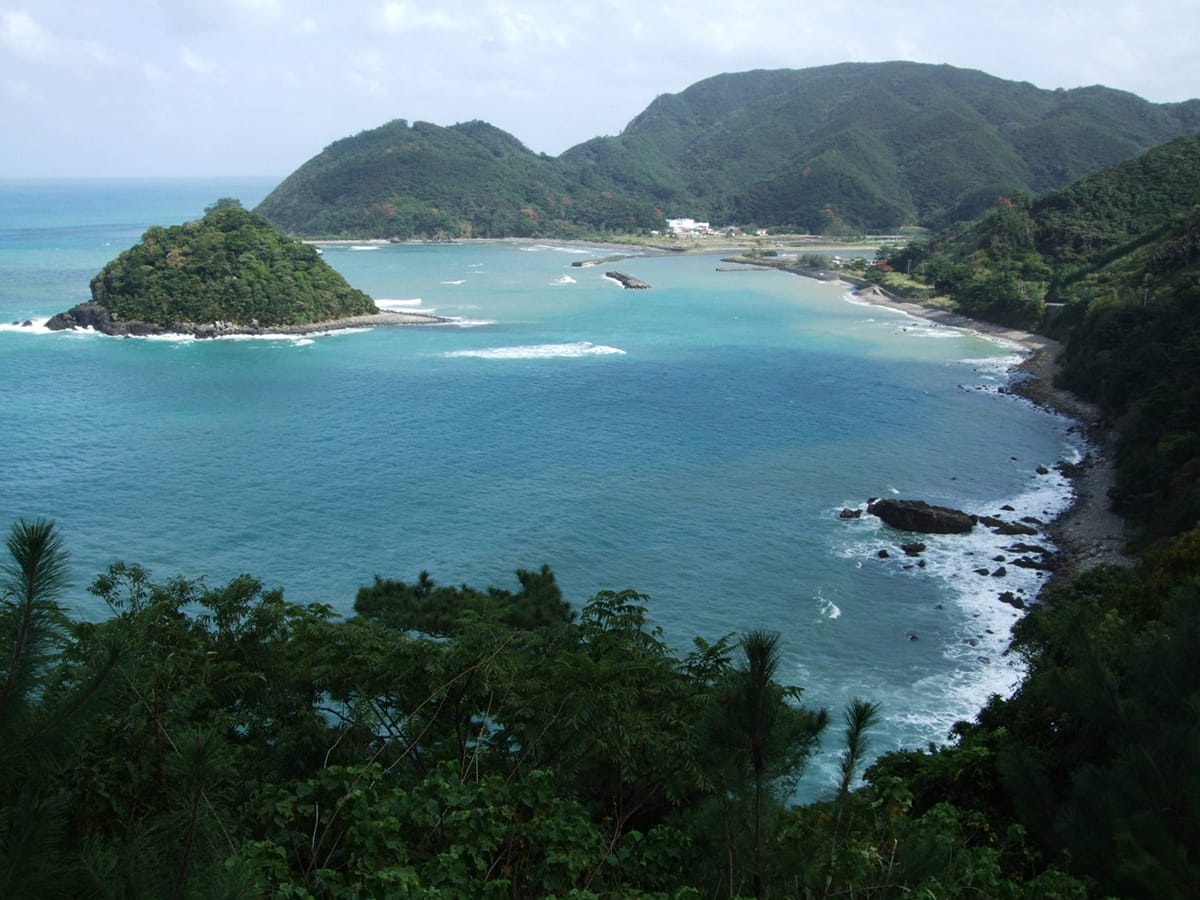- Tags:
- Amami Islands / Amami Oshima / biodiversity / World Heritage Site
Related Article
-

Airport runway staff in Japan treats departing guests to touching message of gratitude
-

Scenic Kyoto Restaurant Bus Tour Puts Traditional Kyoto Restaurant On Wheels
-

World Heritage Temple in Nara Releases Limited Edition ‘Special Sake’
-

World Heritage Site Kinkakuji Temple emerges from renovations more resplendent than ever
-

Make waves this summer with this ‘Mermaid Swim’ diving package in Amami Oshima



Ecotourism can help protect Amami Oshima, Tokunoshima, the northern part of Okinawa, and Iriomote while also giving the local economy a boost.
Editorial Board, Sankei Shimbun, JAPAN Forward
Amami rabbit, a species indigenous to the islands. | © JAPAN Forward
An advisory panel of the United Nations Educational, Scientific and Cultural Organization (UNESCO) has recommended that Amami Oshima Island, Tokunoshima Island, the northern part of Okinawa Island, and Iriomote Island be added to the list of natural World Heritage sites. Official approval is expected in July.
The four sites stretch over Kagoshima and Okinawa prefectures.
Together they would become the fifth natural World Heritage site to be registered in Japan, and the first in 10 years since Ogasawara Islands (part of Tokyo) were added to the list.
With the influence of the Kuroshio Current (also known as the Japan Current and Black Current) and given their latitude, these islands have a warm and humid subtropical climate, with lush evergreen forests that are home to their own native plants and animals. The Amami rabbit, the Iriomote cat, the Lidth’s jay, and the Okinawa rail are among them. Nurtured by the natural environment of the South Seas, the region that includes the four islands is an “evolutionary jewel box.”
Biodiversity on Amami Oshima– species thought to be extinct have also bee found there. | © JAPAN Forward
(...)
Written by Japan ForwardThe continuation of this article can be read on the "Japan Forward" site.
EDITORIAL: Japan Islands Eyed as World Heritage Site Offer Insights into Biodiversity